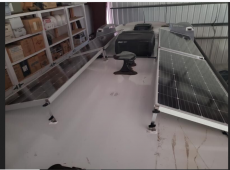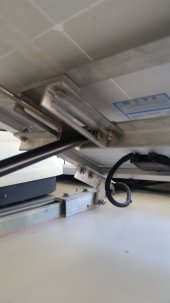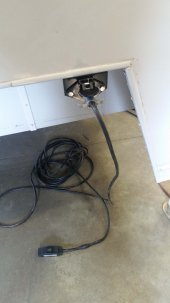Studying the effects should include both reading & testing with one's particular setup. I've A/B tested the following setups in partial shade (forests while boondocking):
- 2x 100w 18Vmp panels <-- portables
- 3x 190w 36Vmp panels <-- previous mounted array
- 3x 250w 30.1Vmp panels <-- mounted array
While harvest was variable due to changing conditions, there were clear enough differences that I could make an informed decision how to wire each array for partial shade. I will say that there was no absolute winner; parallel worked best on at least one, and series worked better on the other (or others).
For onlookers planning their system I'd say:
- avoid shade*
- if you can't avoid shade use mutliple/separate controllers
- if you can't use multiple controllers then A/B test parallel and series arrangements under your real conditions** to see what works best overall for you. It only takes a few seconds to change the connections.
----
* Not trying to discount the challenges of finding relatively-unshaded spots. I drove about 2 miles further up this mountain in the San Isabel NF to find a clearer spot. Then the Sun Surveyor app helped find the specific spot to park the camper within the general site.
** and series/parallel if one has sufficient even-numbered panels[/S]
{edited to fix rando strikethrough}





